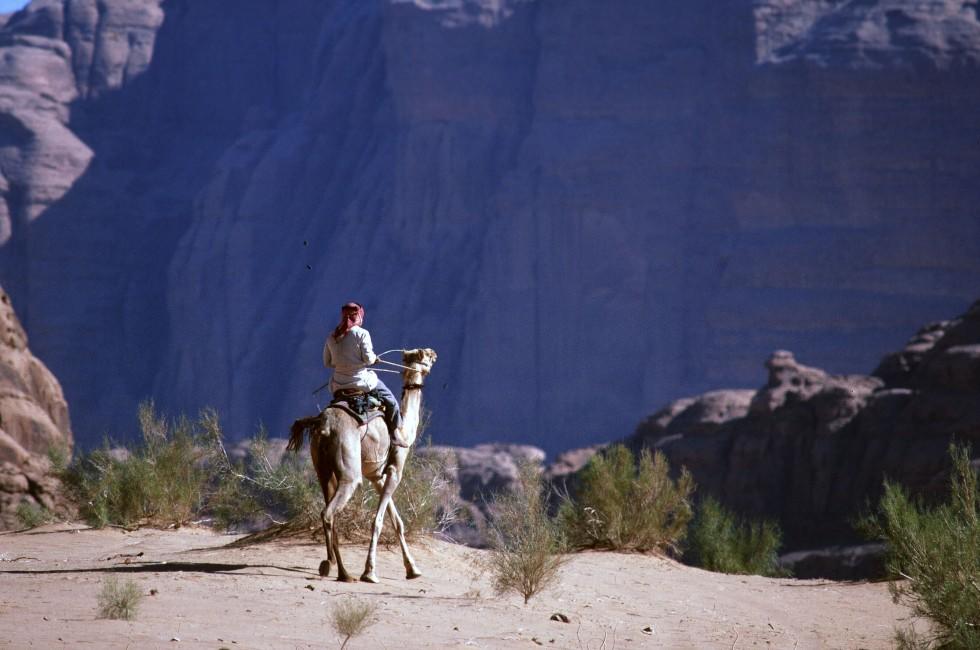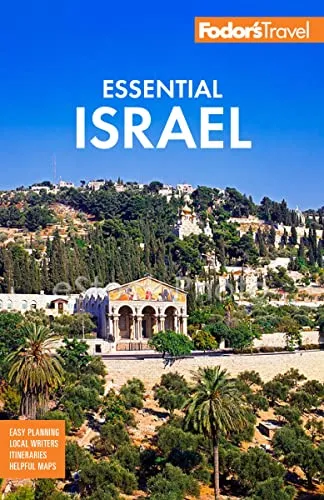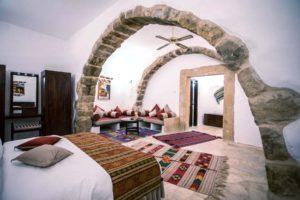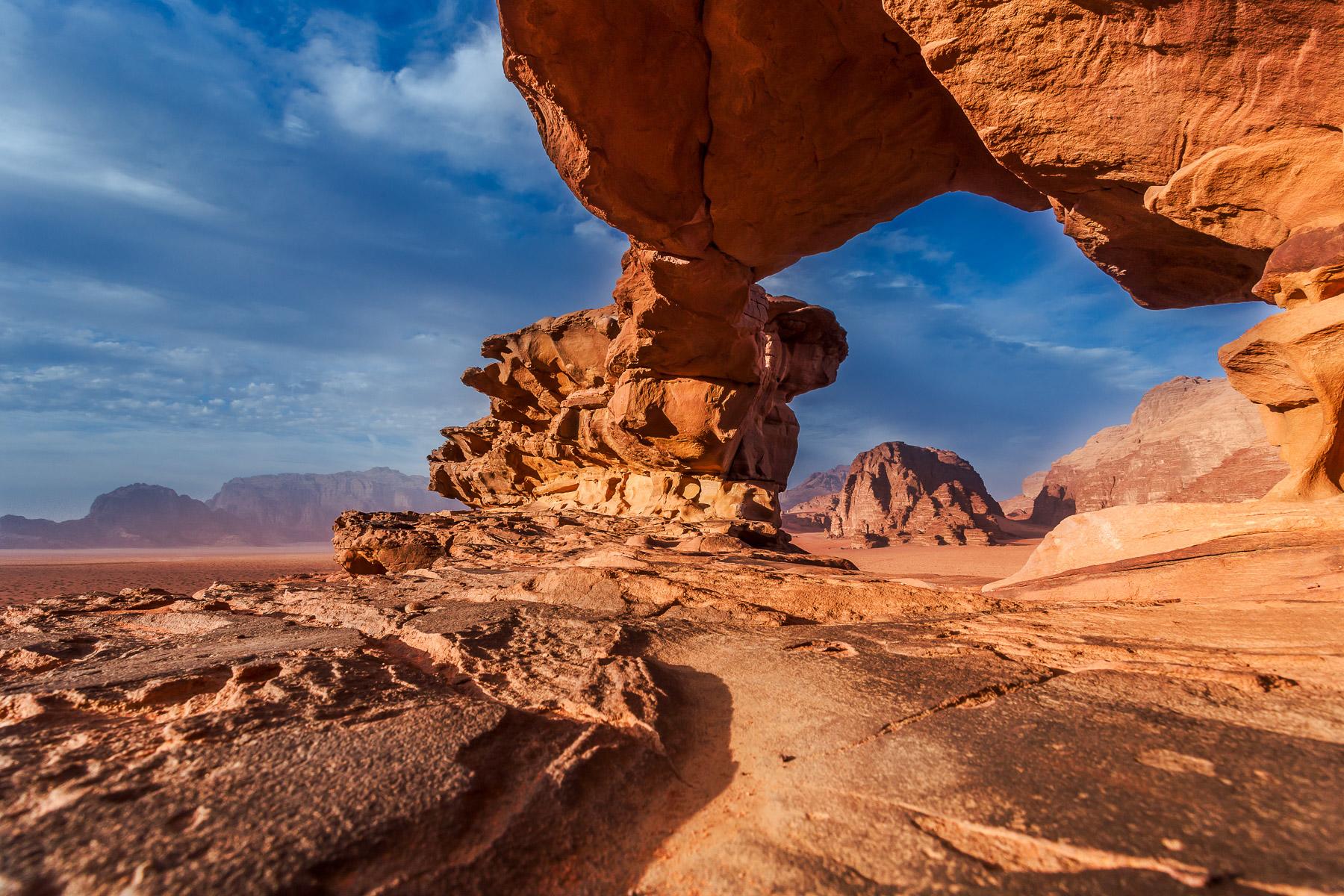Petra
Petra
Poet Dean Burgon called Petra, the ancient city of dazzling facades tucked into the mountains of southern Jordan, the "rose red city, half as old as time." Situated between the Red Sea and the Dead Sea, Petra is about two hours north of Eilat and four hours south of the Jordanian capital Amman. Its boulevards, temples, and splendid tombs (800 in all), secreted among the high cliffs, evoke incomparable mystery and grandeur. Once inaccessible to all but an intrepid few, this fabulous archaeological site is now easier to reach and has become an increasingly popular destination.
Petra (called Rekem in the Dead Sea Scrolls) lies in the biblical region of Edom. According to Genesis, the Edomites were descendants of Esau, Jacob's brother and rival. Edom's fertile land was a magnet that d...
Read MorePoet Dean Burgon called Petra, the ancient city of dazzling facades tucked into the mountains of southern Jordan, the "rose red city, half as old as time." Situated between the Red Sea and the Dead Sea, Petra is about two hours north of Eilat and four hours south of the Jordanian capital Amman. Its boulevards, temples, and splendid tombs (800 in all), secreted among the high cliffs, evoke incomparable mystery and grandeur. Once inaccessible to all but an intrepid few, this fabulous archaeological site is now easier to reach and has become an increasingly popular destination.
Petra (called Rekem in the Dead Sea Scrolls) lies in the biblical region of Edom. According to Genesis, the Edomites were descendants of Esau, Jacob's brother and rival. Edom's fertile land was a magnet that desert dwellers couldn't ignore, but the Edomites were careful to keep it exclusive. When Moses led the Israelites to the Promised Land and asked to pass through Edom, he was denied.
By the 7th century BC, a new group had swept in from Arabia: the Nabateans. The spectacular tombs and carved monuments of these intrepid traders draw travelers to Petra today. With a wealthy empire that at its height reached from Damascus to the Sinai, the Nabateans controlled the region's trade routes, their caravans bearing frankincense and myrrh, Indian silks, and African ivory.
Most of Petra's famous tombs—which fuse Greco-Roman, Egyptian, and Mesopotamian styles—were carved during the 1st century AD, before the Nabatean kingdom was subsumed into the Roman Empire. Although the combination of a necropolis and a capital city may seem strange today, this custom was common among ancient peoples, who established cemeteries at the entrances to many of their capitals. The presence of tombs of the rich and powerful near the city's major monuments was perhaps part of a cult of the dead. When travelers came to the city, they would leave offerings at the tombs to honor the success of their journeys.
Gradually, Christianity replaced the old religion, and churches were built in Petra. Around the same time, the rise of sea trade began to precipitate Petra's decline, as ancient traders learned that they could use prevailing winds to hasten ships across the sea. Some Arabian goods began to come to Egypt and its Mediterranean ports via the Red Sea. It didn't help that a series of earthquakes left a ruinous mark on the city.
After Petra's takeover by the Muslims in 633, alliances and crossroads changed and the rest of the world lost interest in the area. The Crusaders built fortifications among the ruins in the 11th century, but after their 1189 surrender to the Muslim warrior Saladin, the city sank into oblivion. Only the local Bedouin knew its treasures. It wasn’t until 1812 that Swiss explorer Johann Ludwig Burckhardt rediscovered Petra, providing the Western world with its first contemporary description of the marvels of this Nabatean caravan-city. It’s now justly recognized as a UNESCO World Heritage Site.










